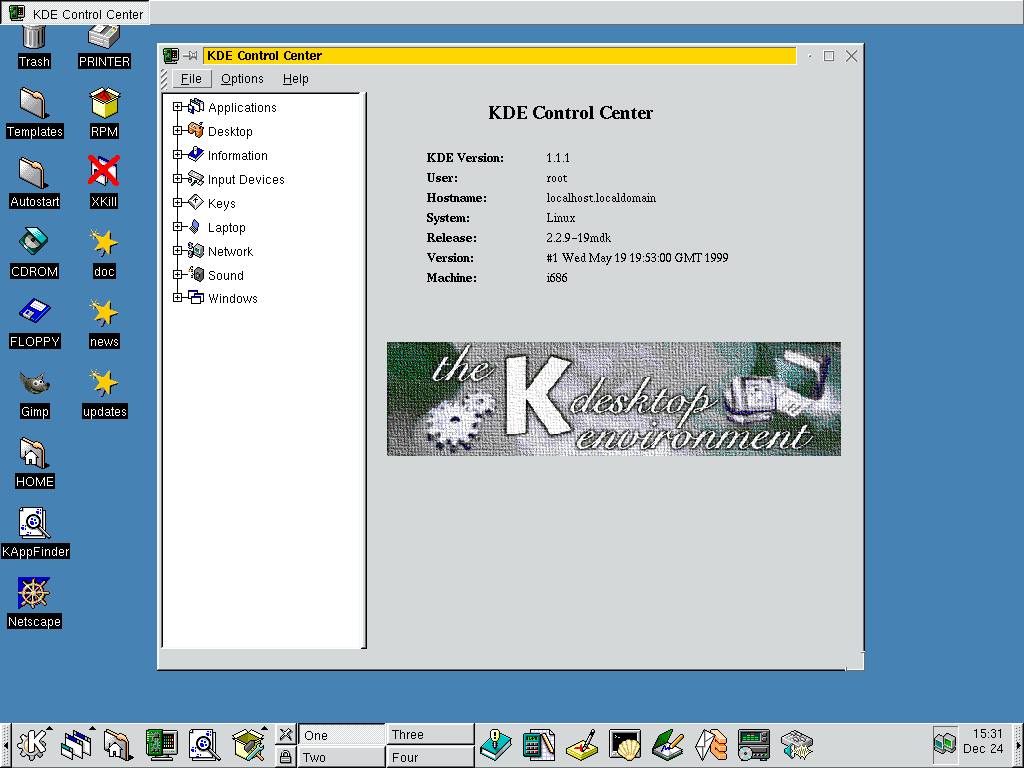SteamOS was originally built as a
client for
video game streaming over a
local network from a
gaming PC and was later extended to support some on-device gameplay, with the intent for lightweight, upgradeable PCs, known as
Steam Machines, to run SteamOS for game streaming and local play. SteamOS versions 1.0, released in 2013, and 2.0, released in 2015, were based on the
Debian distribution of
Linux with
GNOME desktop.
[6] Valve encouraged developers to incorporate Linux compatibility into their releases to better support Linux gaming options, including SteamOS, with mixed success.
In February 2022, Valve released the
Steam Deck gaming handheld, running a dramatically updated version of SteamOS, version 3.0, based on the
Arch Linux distribution with the
KDE Plasma environment pre-installed, as well as Valve's
Proton compatibility layer, allowing many games designed for Windows to run natively on SteamOS.
[7][8]

















